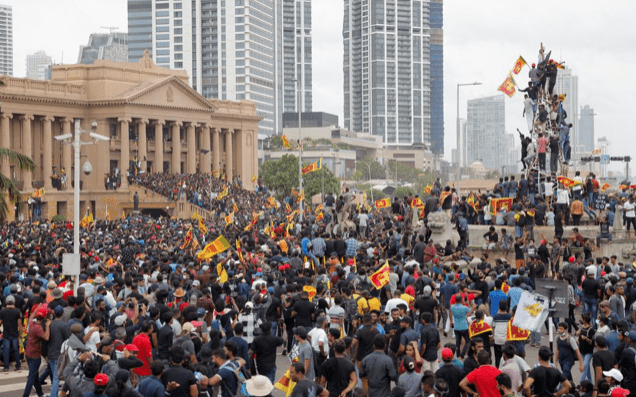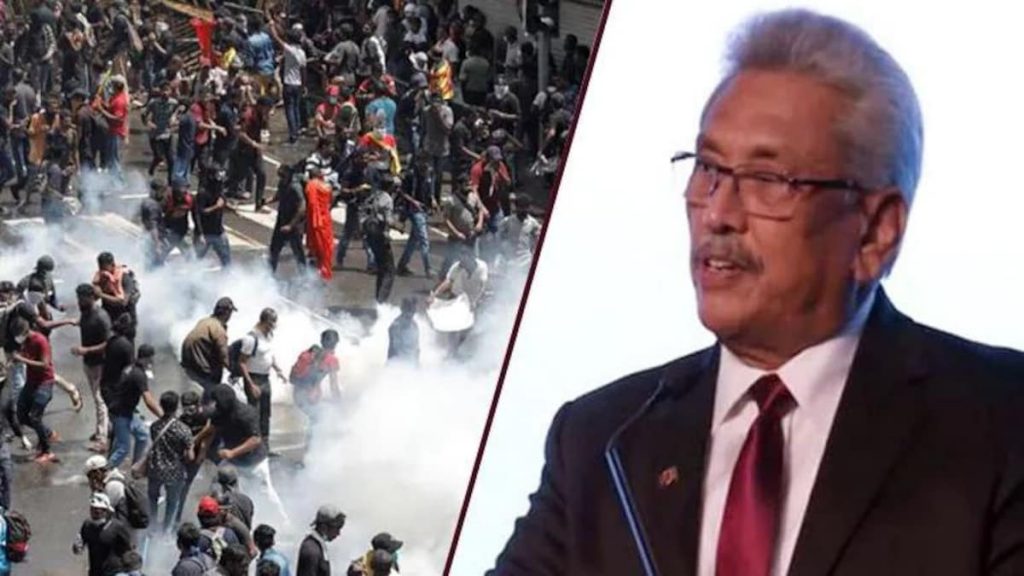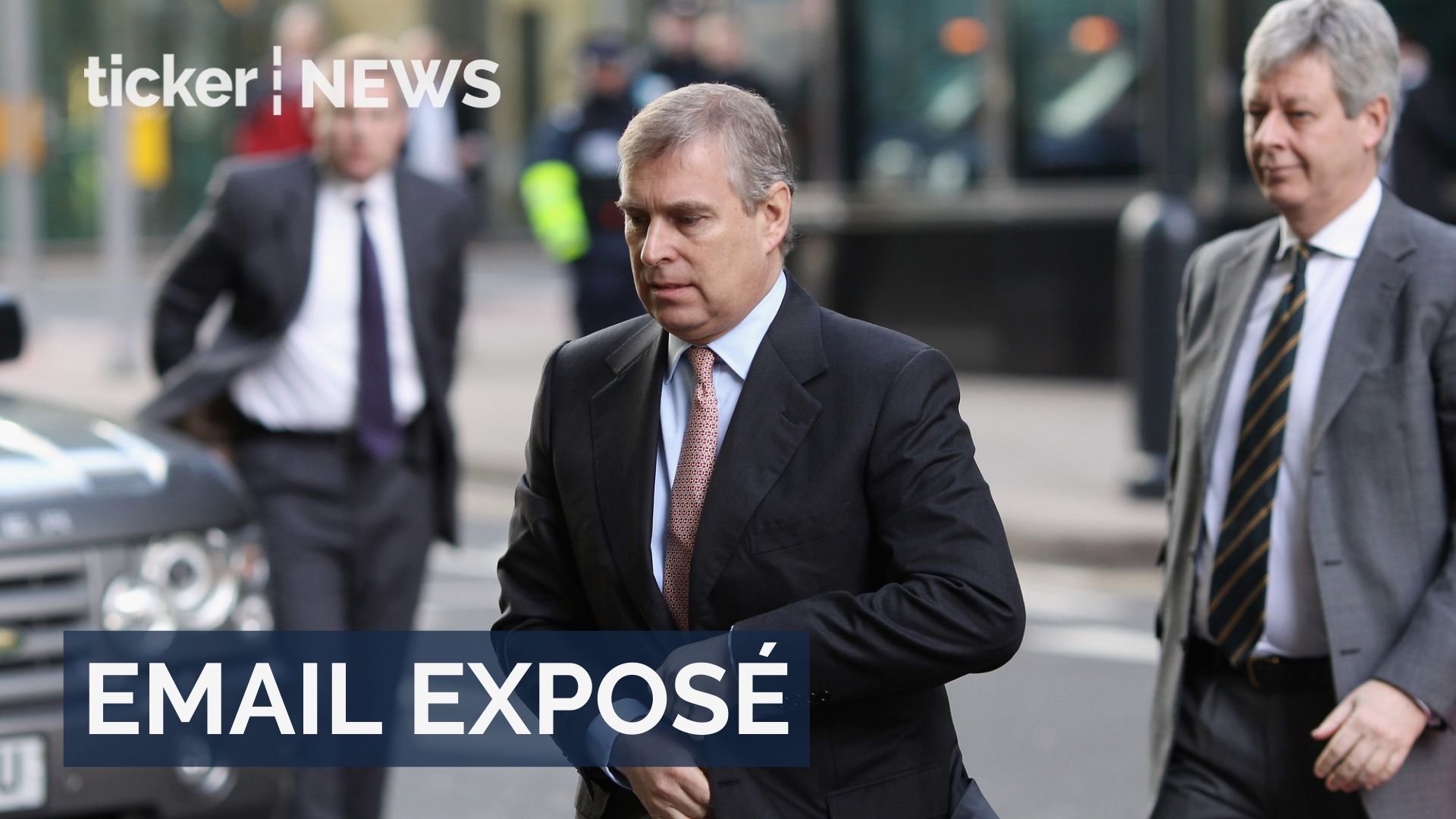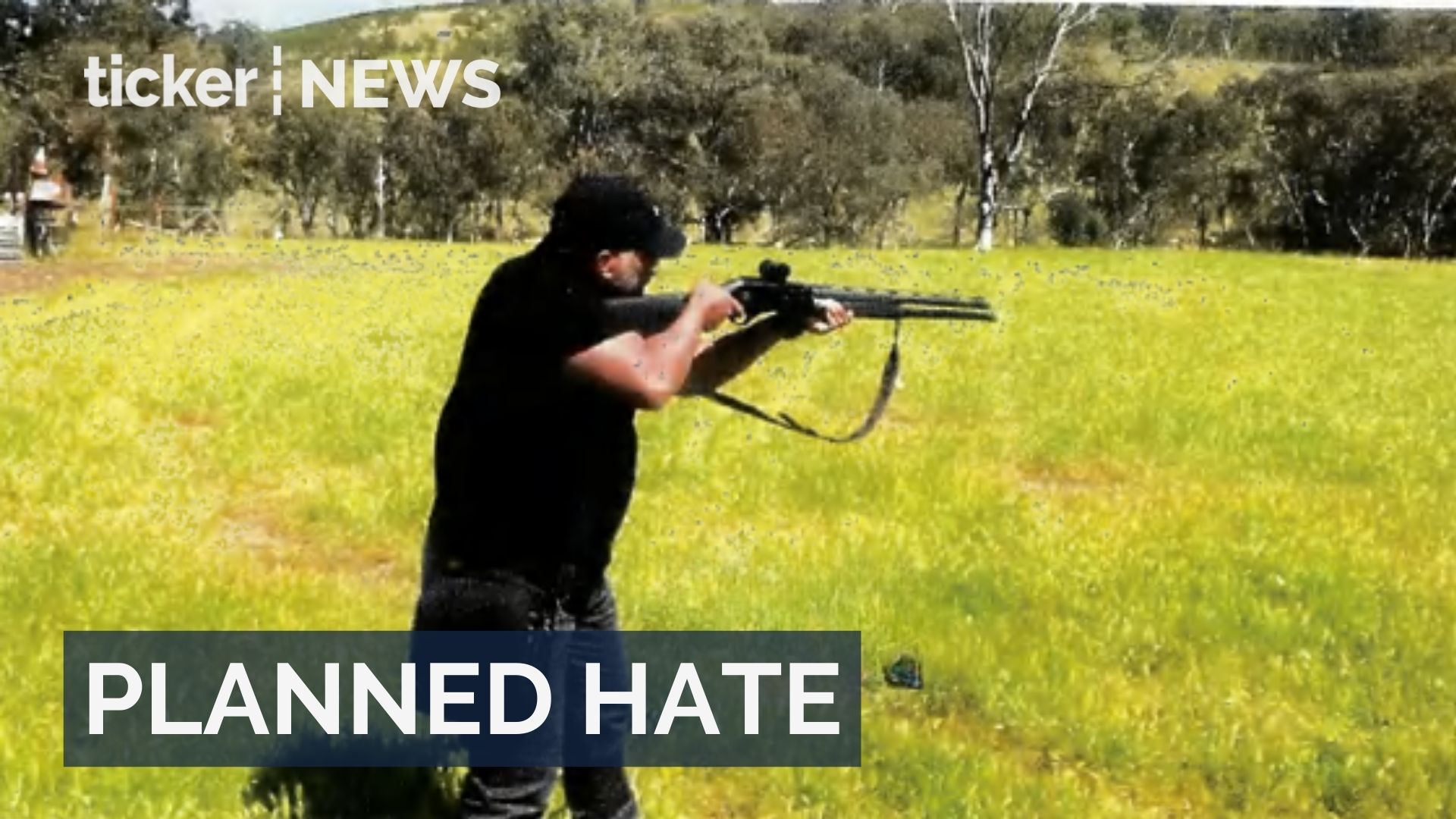Newly released court documents have revealed chilling details about the Bondi terror attack, marking one of Australia’s deadliest attacks in decades. Father-and-son duo Sajid and Naveed Akram allegedly spent months meticulously planning the assault, targeting the “Chanukah by the Sea” festival on Sydney’s Bondi Beach. Police say the pair rehearsed tactics, filmed extremist propaganda, and prepared multiple improvised explosive devices long before the attack that killed 15 people and injured dozens more.
Investigators allege the attack began with the men throwing four improvised bombs into a crowded festival of over 1,000 attendees. The devices, including pipe bombs and a “tennis ball bomb” packed with shrapnel, failed to detonate, but authorities have described them as “viable” IEDs. Moments later, the Akrams opened fire from a footbridge overlooking the festival, creating a scene of chaos and tragedy. Among the victims were a 10-year-old girl, a Holocaust survivor, and worshippers who attempted to confront the gunmen.
Court documents also reveal months of preparation, including firearms training in rural New South Wales. The pair was captured on video handling long-barrelled shotguns, moving tactically, and simulating an assault scenario. Additional footage shows the men seated in front of an Islamic State flag, guns and ammunition visible, as Naveed recites passages from the Quran and then outlines the ideological motivations behind the planned Bondi attack. Authorities say these materials demonstrate a pattern of premeditation and adherence to extremist ideology.
Overseas Islamist networks
Investigators also point to digital evidence recovered from Naveed’s phone, which includes a manifesto and detailed plans for the attack. Police allege the pair’s earlier month-long trip to the southern Philippines may have included contacts with overseas Islamist networks. Intelligence agencies previously reviewed Naveed for potential radicalisation in 2019, but concluded he did not pose a threat. Sajid Akram, meanwhile, legally owned six rifles and shotguns that were later used in the attack.
The human toll of the attack has had lasting impacts on the community. Survivors and witnesses recall the terror of that day as families gathered in celebration. Lawmakers have responded with urgency, including NSW Premier Chris Minns fast-tracked reforms to tighten firearm laws, ban public displays of terrorist symbols, and expand police powers. At a national level, Prime Minister Anthony Albanese has secured agreement from state and territory leaders to review and strengthen post-Port Arthur gun laws and introduce measures targeting extremist propaganda and hate speech.
The Bondi terror attack stands as a stark reminder of the devastating consequences of extremist planning and the importance of vigilant intelligence and community safety measures. While court proceedings continue, the public response underscores the shared grief and determination to prevent such tragedies in the future.
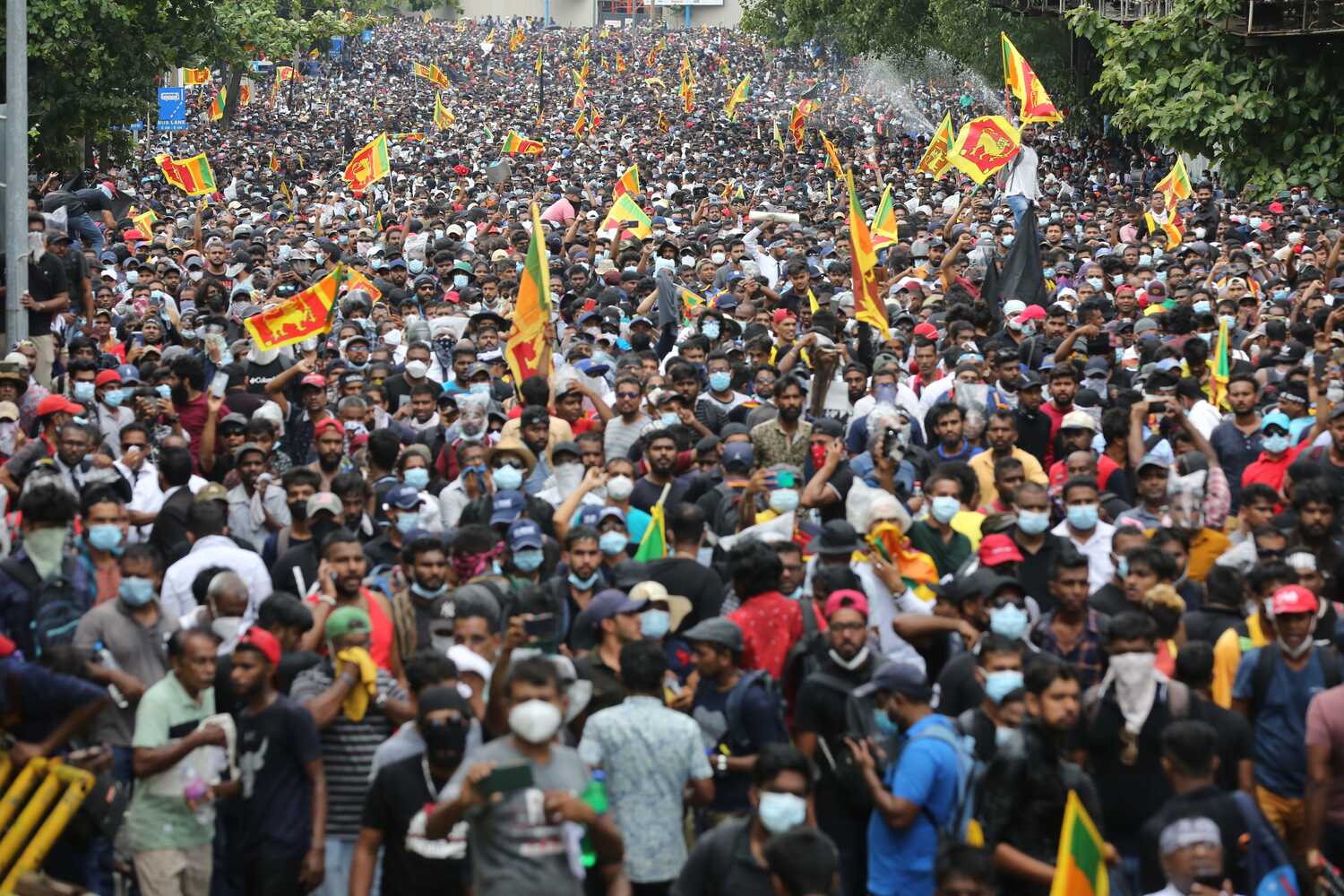



 Property2 days ago
Property2 days ago


 Money4 days ago
Money4 days ago


 Tech3 days ago
Tech3 days ago


 Leaders4 days ago
Leaders4 days ago


 Money2 days ago
Money2 days ago


 Tech4 days ago
Tech4 days ago


 Money2 days ago
Money2 days ago
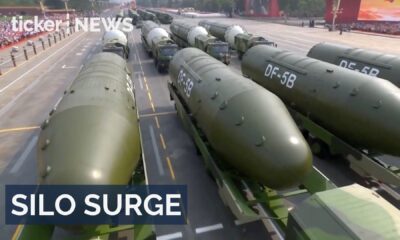

 News3 days ago
News3 days ago


